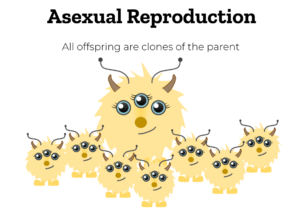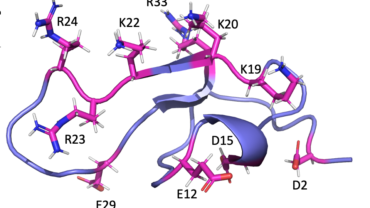Asexual reproduction
asexual reproduction A type of procreant, without meiosis or syngamy (the fusion of two gametes in fertilization). Involving only one parent that produces genetically identical offspring by budding, by the division of a single cell. Or by the entire organism breaking into two or more parts. The offspring has the identical genes and chromosomes as the parent. Most plants are capable of asexual procreant by means of specialized organs called propagules, such as tubers, stolons, gemma cups, and rhizomes.
Asexual reproduction is also known as vegetative procreant. Examples of organisms include aspens, dandelions, strawberries, walking fern (Asplenium rhizophyllum), and yeast. While asexual procreant guarantees procreant (no dependence on others), it does not allow genetic variation.





